In 1960, the night before a wedding was filled with rituals and traditions that brides adhered to, often believed to forecast the success or failure of their impending marriage. From superstitious practices to heartfelt traditions, these activities are fascinating glimpses into the past. This post explores twelve such things brides did, each with a unique ability to either predict a lasting marriage or an eventual divorce.
Sleeping with Wedding Gown
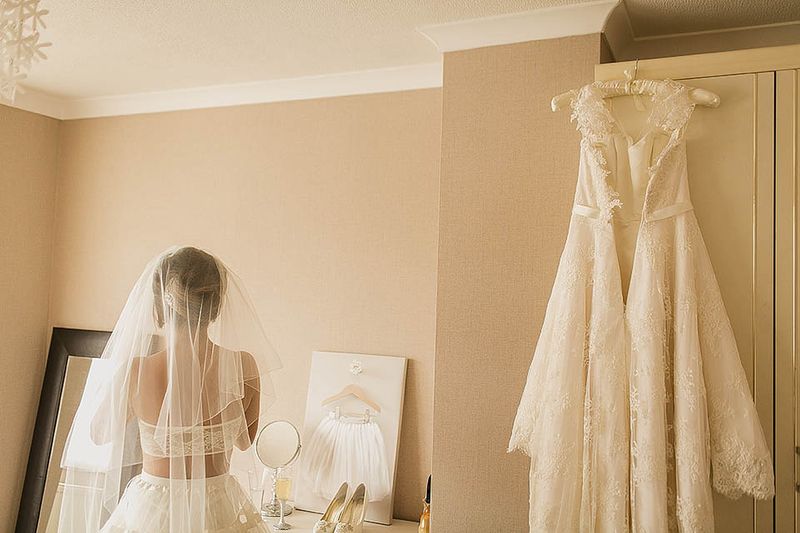
Once, brides believed that spending a night with the wedding gown signified everlasting love. The floral scent of the gown filled the room as they lay sleepless, dreaming of forever. This tradition, although odd, was seen as a bonding ritual with the gown, almost like a silent vow.
However, such superstition could imply an overemphasis on appearances. Brides might have been too focused on the superficial aspects of marriage, risking future disillusionments.
Ultimately, this practice lay at the crossroads of romance and reality, symbolizing the delicate balance between hope and materialism.
Writing Love Letters
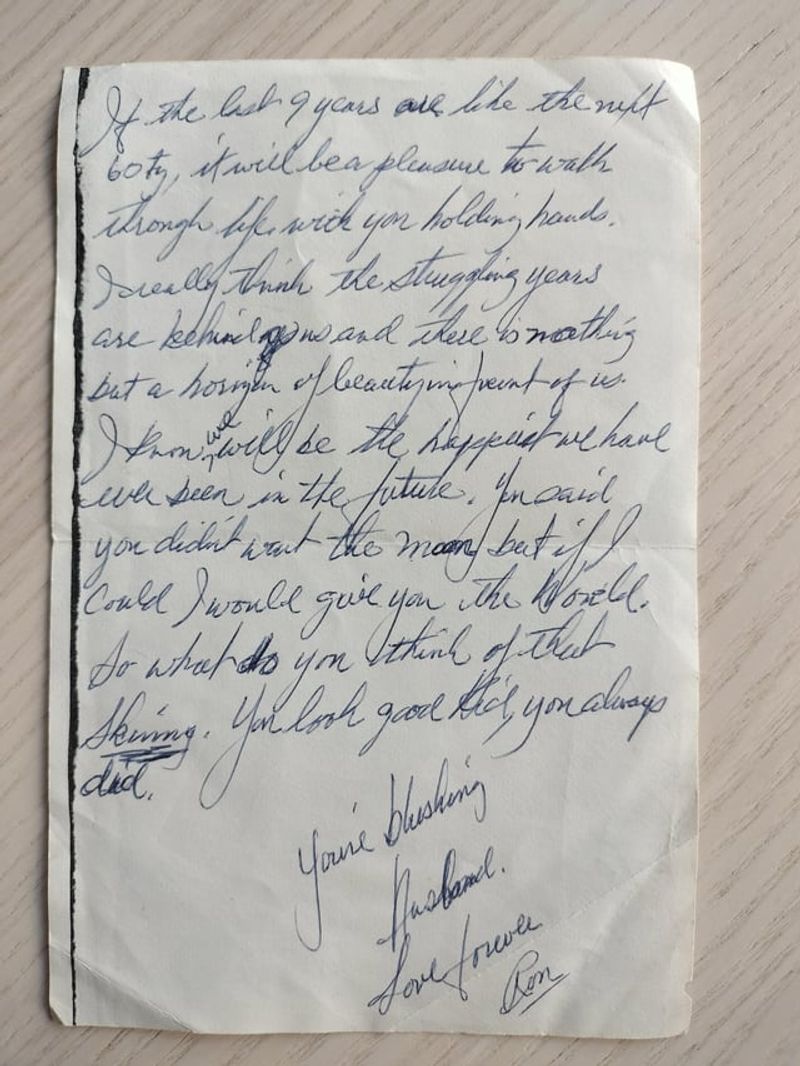
Emotions flowed freely as brides penned heartfelt letters to their future husbands. Every stroke of the pen captured dreams, desires, and promises. Such letters were tokens of devotion, meant to be read on anniversaries or during tough times.
Yet, this act was more than romantic; it was a testament to the bride’s commitment to open communication. Sharing thoughts on paper laid a foundation for a transparent relationship.
Conversely, if the letters were filled with unspoken expectations, they could foreshadow future resentments and misunderstandings. This practice was a double-edged sword in emotional connectivity.
Consulting the Stars
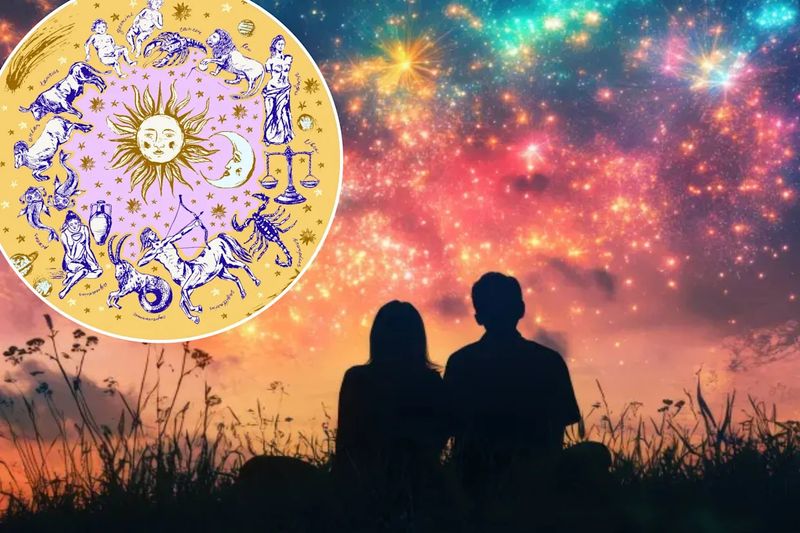
Astrology played a peculiar role in bridal preparations. Brides sought the stars for guidance, believing celestial bodies might predict marital bliss or discord. Studying star charts provided an enigmatic comfort, suggesting cosmic approval or caution.
For some, such practices promoted introspection and planning, fostering a thoughtful approach to marriage. They gained reassurance from the universe’s alignment.
Others risked over-reliance on celestial predictions, potentially ignoring tangible relationship dynamics. The belief in astrology often danced between guidance and distraction, highlighting the bride’s desire for certainty in an unpredictable life journey.
Hosting a Fortune Teller
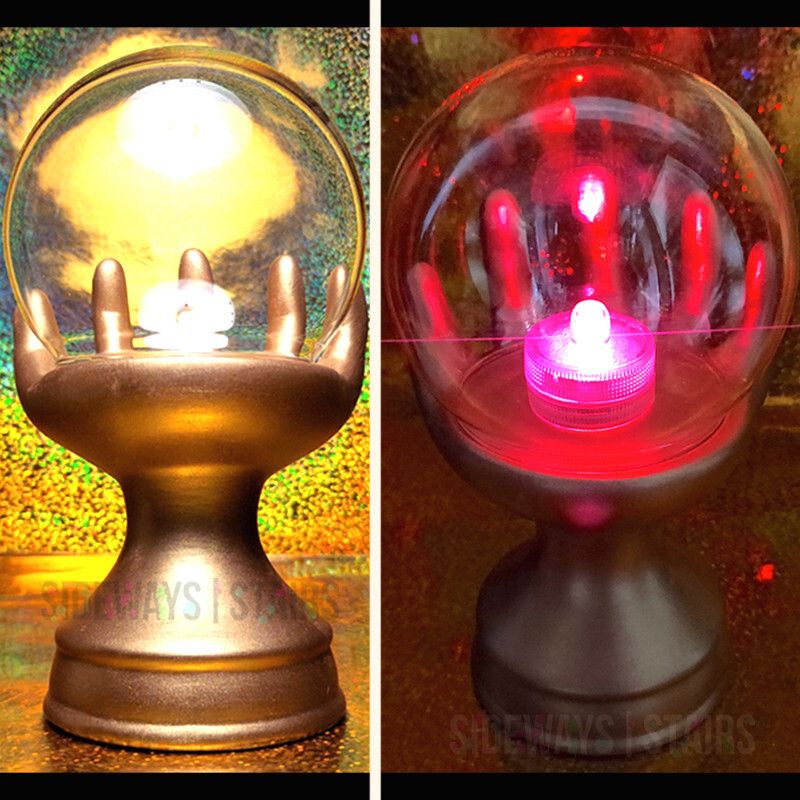
The allure of fortune tellers was undeniable. Brides invited these mystical figures to reveal glimpses of their future marital life. Tarot cards, crystal balls, and palm readings became instruments of fate.
These sessions, filled with suspense and hope, offered reassurance or warnings. They symbolized a quest for control and foresight in their new lives.
However, such reliance on mysticism could lead brides to neglect essential relationship fundamentals. Believing too strongly in predestined paths might inhibit real emotional growth and communication, making this practice both captivating and risky.
Practicing Dance Moves
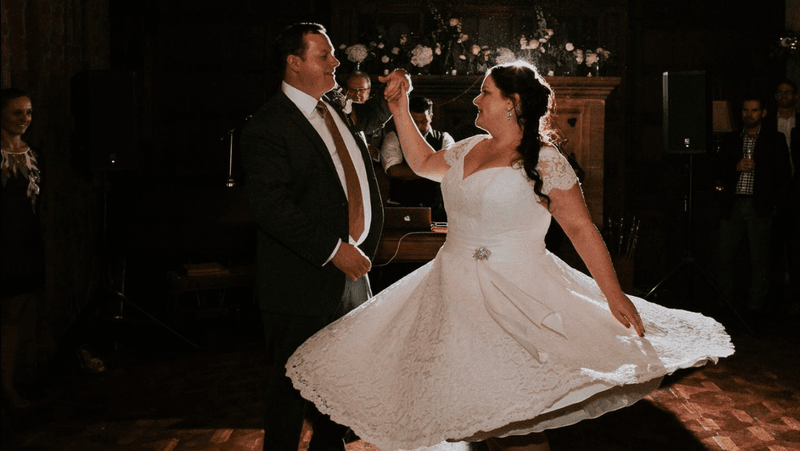
In dimly lit rooms, brides gracefully twirled to the tune of love. Practicing dance moves symbolized the anticipation of shared moments on the dance floor. It was a social ritual, promising joy and unity.
This preparation was light-hearted, fostering intimacy and partnership. Brides learned to follow and lead, setting a harmonious tone for marriage.
However, focusing solely on this aspect could overshadow deeper relationship needs. The dance was metaphorical, embodying balance but potentially ignoring emotional challenges. This practice exemplified the blend of romance and reality in preparing for lifelong companionship.
Receiving Motherly Advice
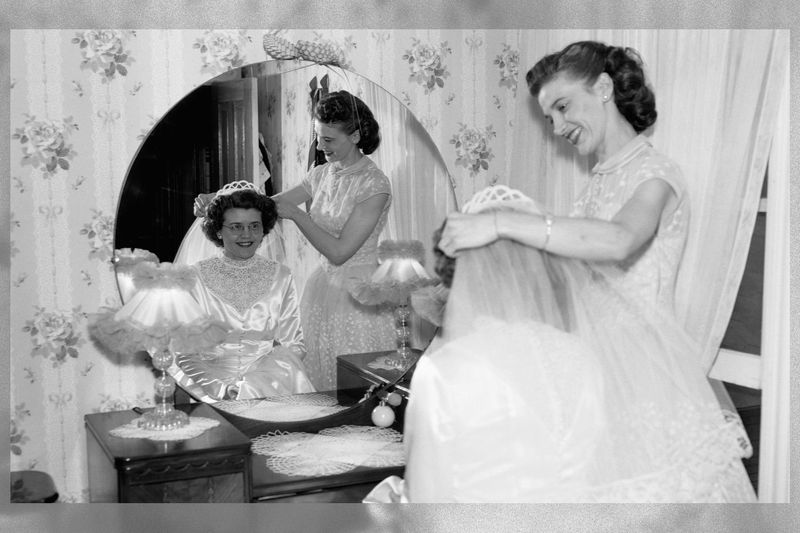
Mothers shared wisdom passed down through generations, offering brides practical and emotional guidance for their new lives. These conversations were heartfelt, imbued with nostalgia and love.
This tradition highlighted the bond between mother and daughter, providing emotional support and reassurance. Brides felt equipped to handle marital challenges with grace.
However, the advice sometimes came with outdated notions, potentially leading to conflicts in modern marriages. Balancing tradition with contemporary values was crucial. This practice underscored the importance of familial support while navigating evolving relationship dynamics.
Preparing a Bridal Trunk
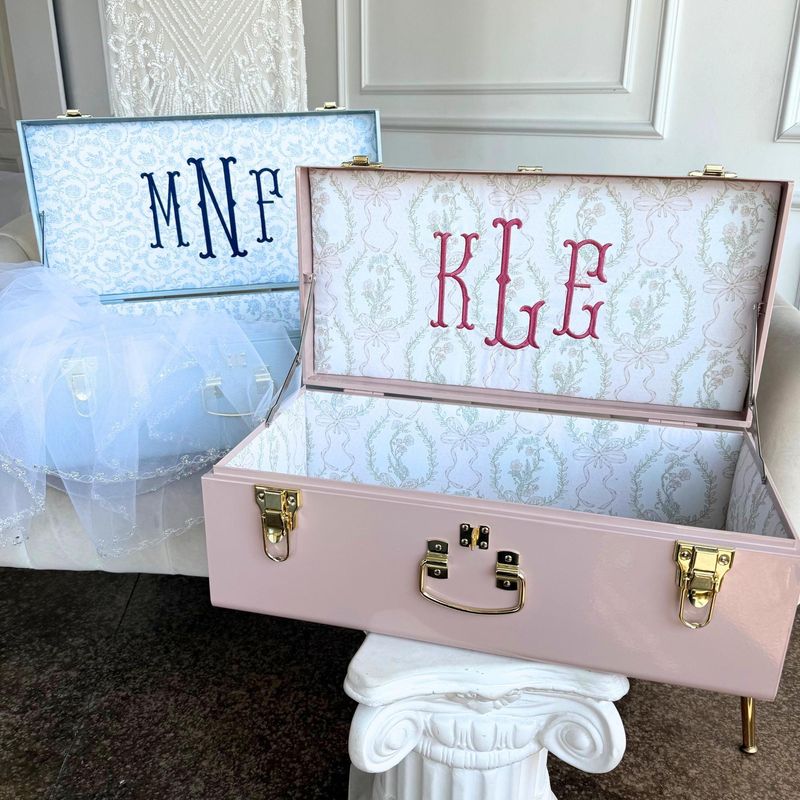
Packing a bridal trunk was more than logistics; it was a symbolic transition from singlehood to marriage. Each item placed in the trunk represented the bride’s life journey, cherished memories, and future hopes.
This act of preparation was deeply personal, offering a sense of continuity and security. Brides took solace in knowing they carried a piece of home into their new lives.
Yet, the focus on material possessions might overshadow emotional readiness. The trunk was a metaphor for the need to balance tangible memories with mental and emotional preparation for marriage.
Arranging Floral Bouquets
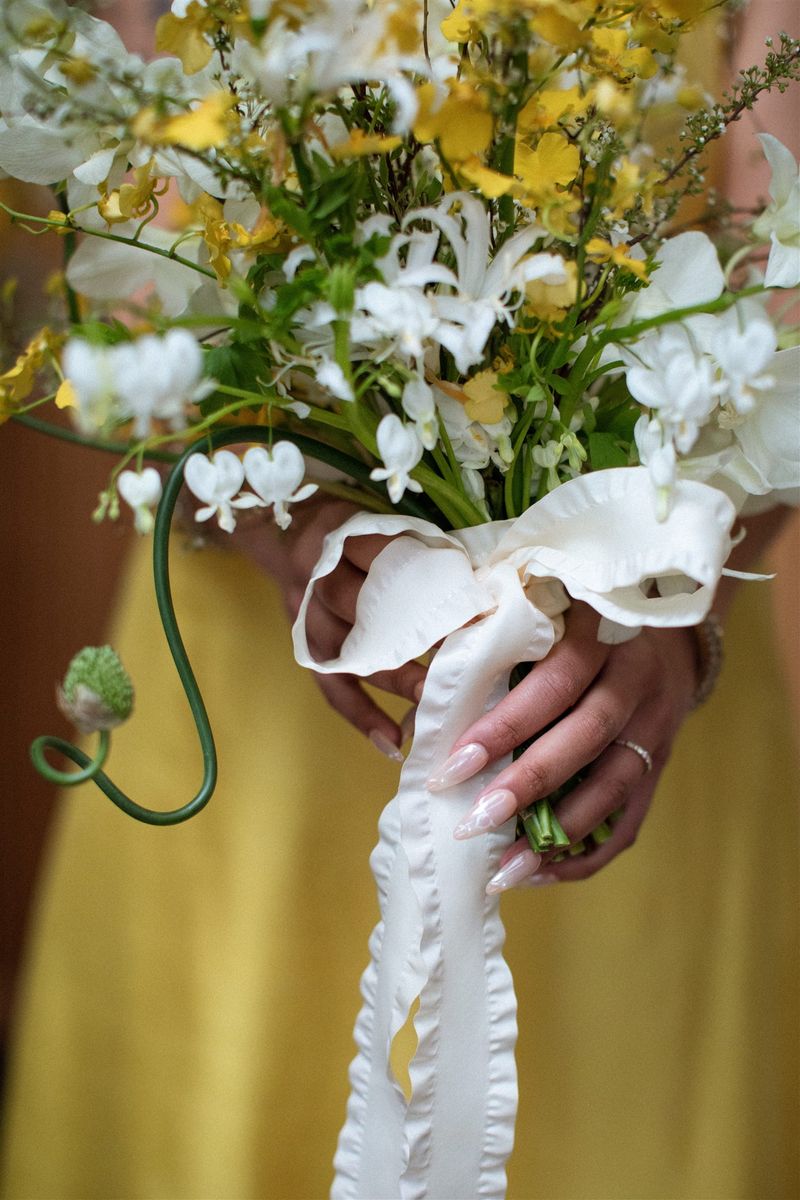
Flowers symbolized beauty and growth, and brides immersed themselves in this vibrant task before their big day. Arranging bouquets was an art, reflecting personal style and emotion.
This activity offered a therapeutic escape, allowing brides to channel pre-wedding anxieties into creativity. It fostered a sense of calmness and anticipation.
However, focusing excessively on aesthetics might cause superficial expectations about marriage. Brides needed to remain grounded in reality while enjoying this blissful task. The delicate art of floristry mirrored the care and attention needed to nurture a thriving relationship.
Singing Wedding Songs
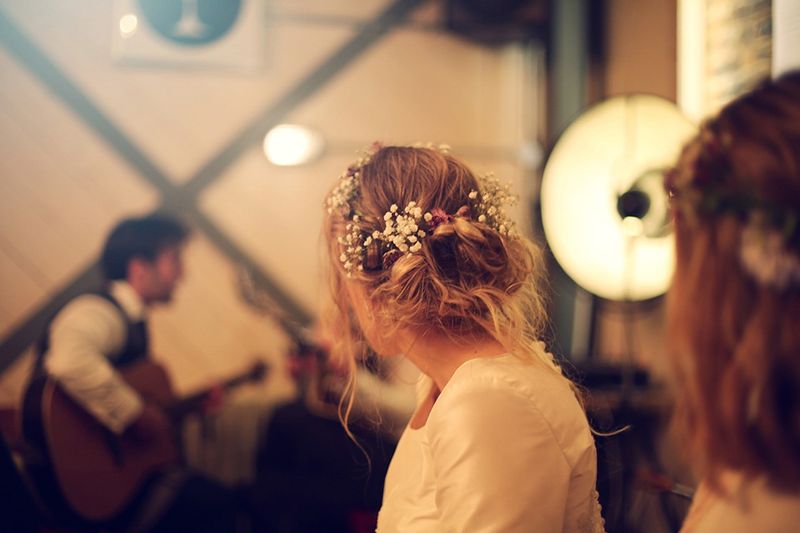
Melodies filled the air as brides practiced wedding songs, creating a joyful and sentimental ambiance. Singing became a cherished ritual, expressing love and emotion through music.
This practice encouraged self-expression and emotional release, enhancing the bride’s connection to her partner. It was a celebration of love through harmonious sound.
Yet, the potential for romanticizing marriage beyond reality existed. Brides needed to balance musical dreams with practical expectations. Singing wedding songs was an emotional bridge, blending the fantasy of a perfect day with the realities of married life.
Reading Romantic Poetry
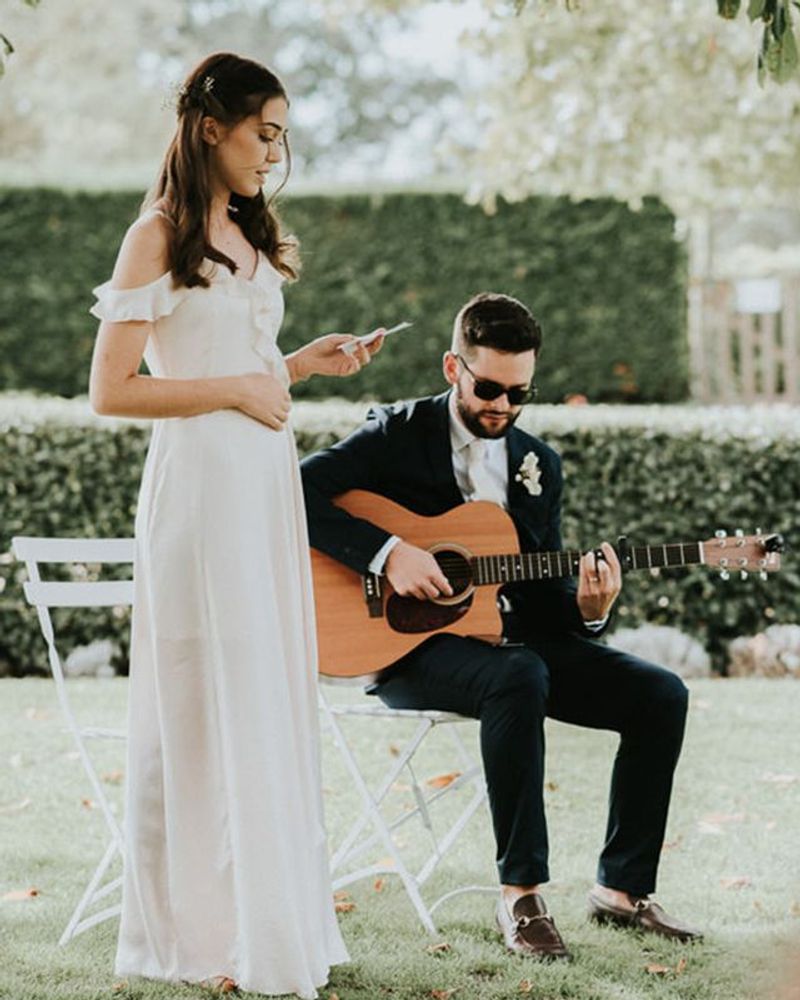
Romantic poetry opened vistas of endless love and devotion. Brides immersed themselves in verses that spoke to the heart, finding solace and inspiration in words.
This literary pursuit deepened emotional connections, offering insights into love’s profound nature. It allowed brides to reflect on their feelings and aspirations.
However, poetry’s idealistic portrayal of romance could create unrealistic expectations. Brides had to balance lyrical beauty with the practicalities of marriage. Reading poetry was a journey through love’s highs and lows, nurturing a thoughtful approach to lifelong companionship.
Crafting Personalized Vows
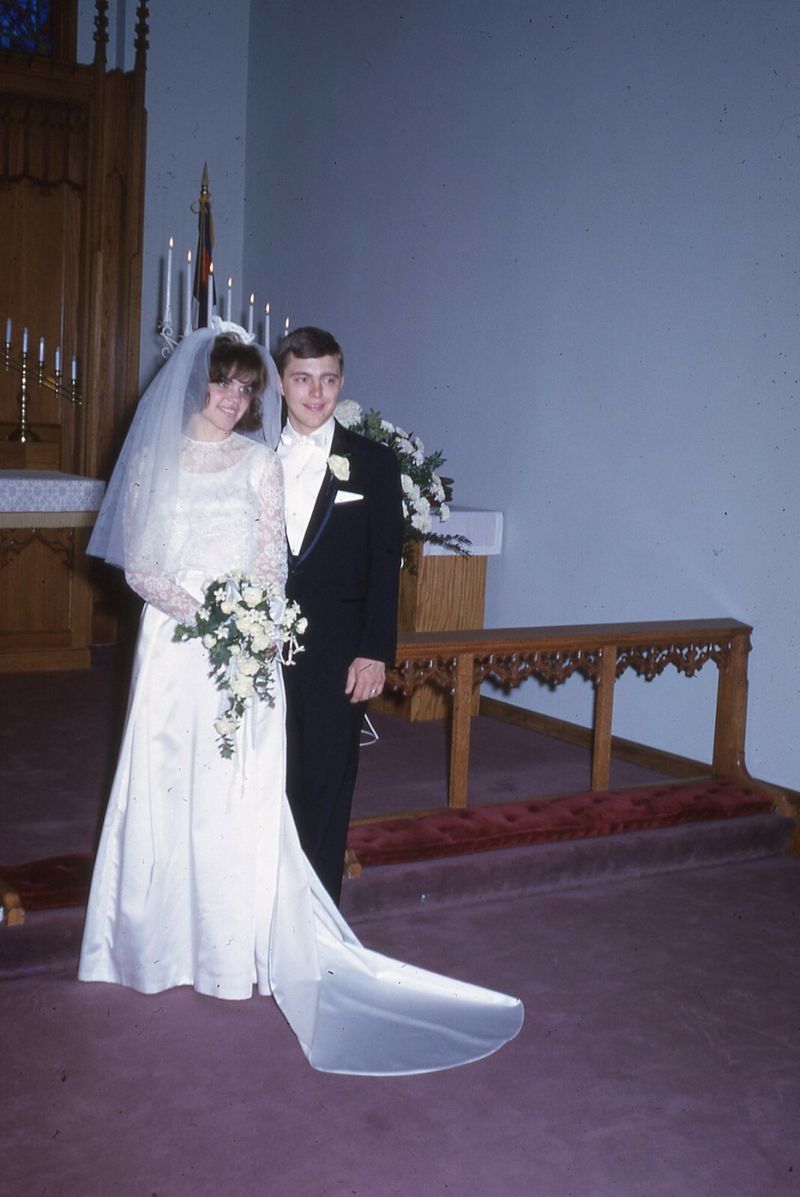
Crafting vows was a heartfelt endeavor. Brides poured their souls into each word, creating promises that would guide their marriages. These personalized vows were treasures of sincerity and devotion.
Writing vows fostered introspection, allowing brides to articulate their deepest commitments. It was an affirmation of love’s enduring nature.
However, the pressure to craft perfect vows might lead to anxiety. Brides needed to focus on authenticity rather than perfection. This practice reflected the dual nature of marriage – a balance between heartfelt promises and the realities of sustaining those vows.
Meditating for Clarity
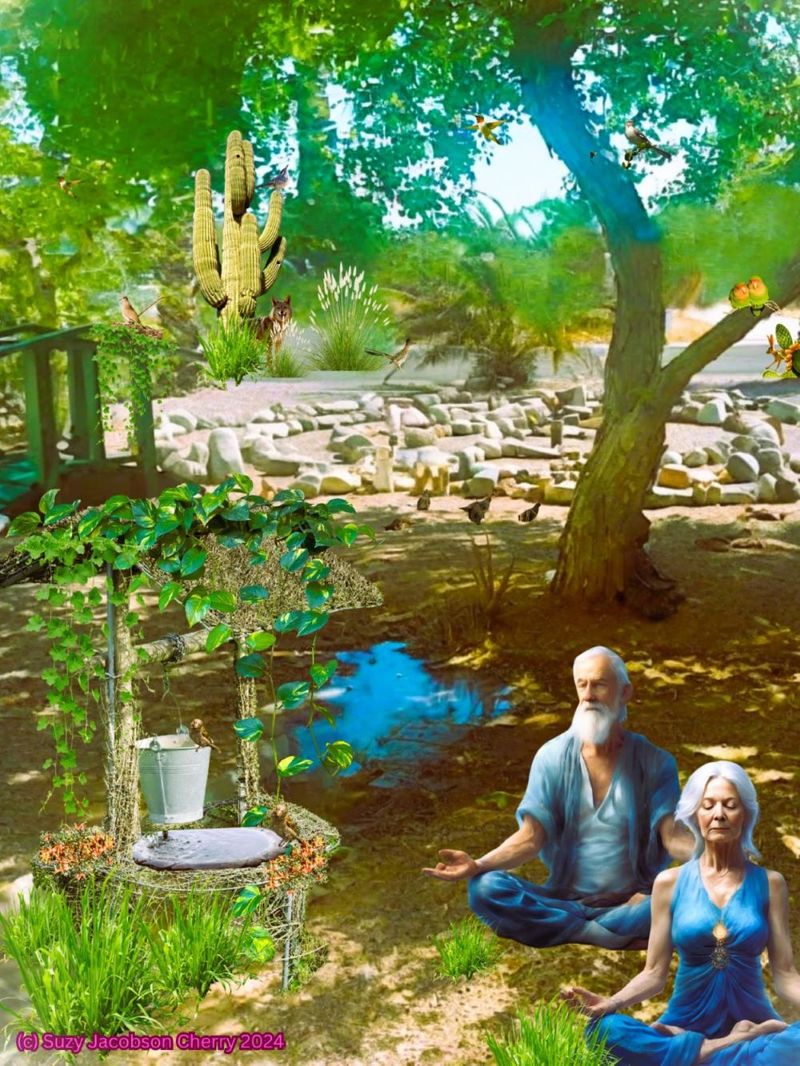
Meditation offered clarity and peace amidst pre-wedding chaos. Brides found solitude in nature, centering themselves before the big day.
This practice fostered mental calmness, providing a space for reflection and emotional balance. It encouraged mindfulness in approaching marriage.
However, the expectation of achieving absolute clarity might add pressure. Brides needed to embrace the uncertainties of marriage while seeking inner peace. Meditation was both a sanctuary and a reminder that life’s unpredictability is part of its beauty, aiding in the emotional preparation for a lifelong journey.

